New Series: “The Window”
4 Comments
The photography for which I am known so far depicts the National Parks as wilderness. However, while collaborating with Ken Burns and Dayton Duncan, I became more aware of their nature as a human construct. The National Park Service Organic Act states two goals: to conserve the natural scenery and to provide for its enjoyment by the public. In parallel with my nature work, I have been working on a few series that examine how the components of this construct direct the way we look at nature.
The Window looks at the landscape through the visitor centers, the architecturally diverse buildings most associated with the national park experience, which form a conceptual reflection of the park. By focusing on a window, I create a richly layered photographic image, merging inside and outside to reveal relationships. The land, to which we turn our back, is framed as a small, blurred reflection in the window – with careful camera placement and the use of lens shift, my own expected reflection was excluded without using digital manipulation.
The series reference aesthetics that have influenced the development of the national parks. The Picturesque is an aesthetic ideal which arose as a mediator between the ideals of the beautiful and the sublime in the late English 18th century. Picturesque-hunters used Claude Glasses – tinted portable mirrors to frame and darken the view – named after the 17th century landscape painter Claude Lorrain.
National Parks have been photographed from their creation – with photography heavily impacting their history. Some people think that with the huge amount of pictures made in the park, there isn’t much new to say there. In this work, I tried to raise to the challenge of creating a fresh body of work about the National Parks. Did the series surprise you ?
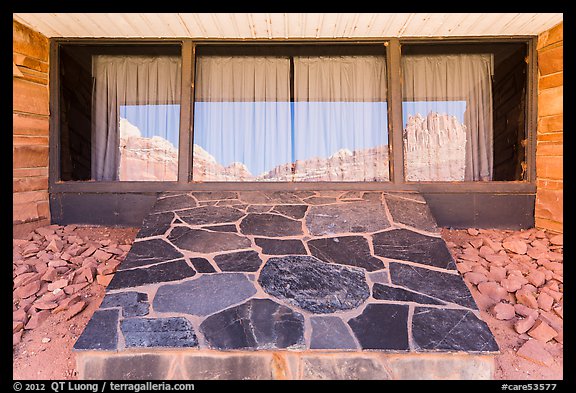
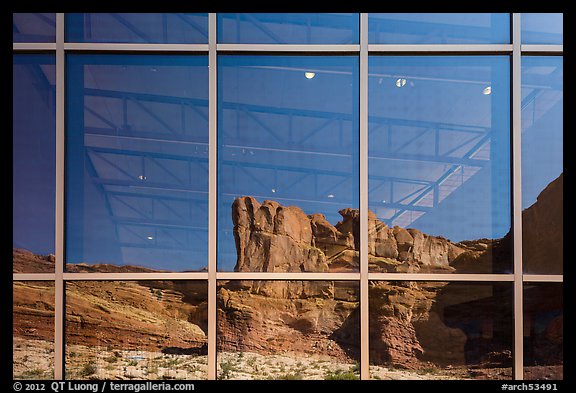
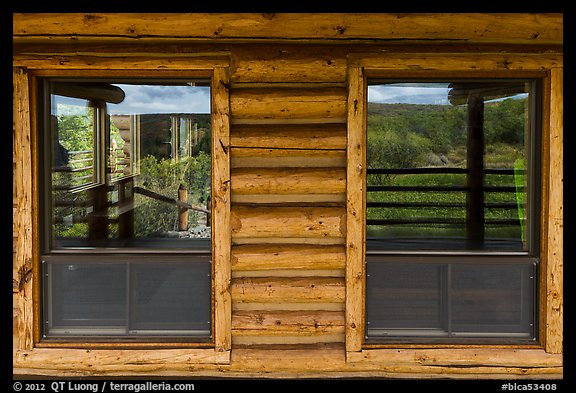

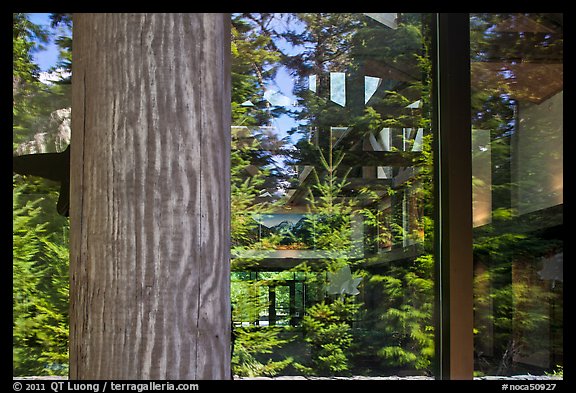

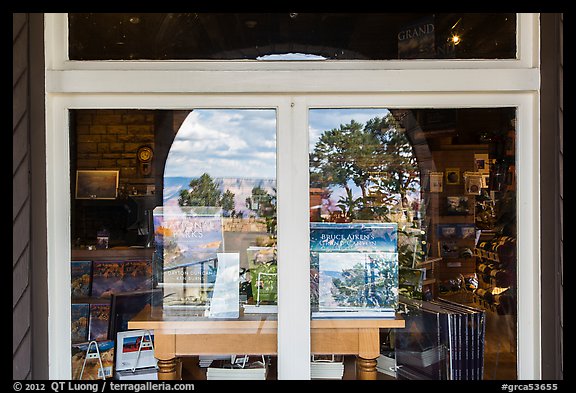
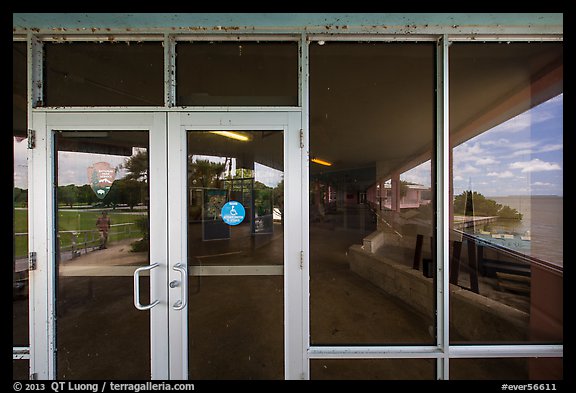




Beautiful series Tuan! I really like the idea! 🙂
Thanks Rachel. I hope you like the images too 🙂
Its a well conceived project, executed extremely well. I especially appreciate the care you’ve taken in composing the different layers. The visual integration of the buildings and the forms of the reflections allows the eye and mind to freely wander back and forth. The buildings can’t help but interrupt the landscape. The formal framing of the structures emphasizes the contrast between the human designed geometry and the organic shapes of nature.
Thanks Eric for your appreciation and thoughts.